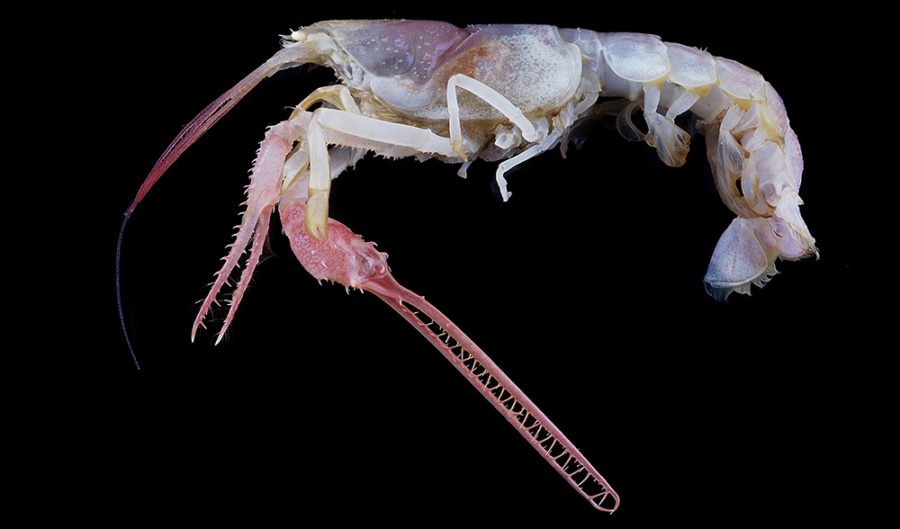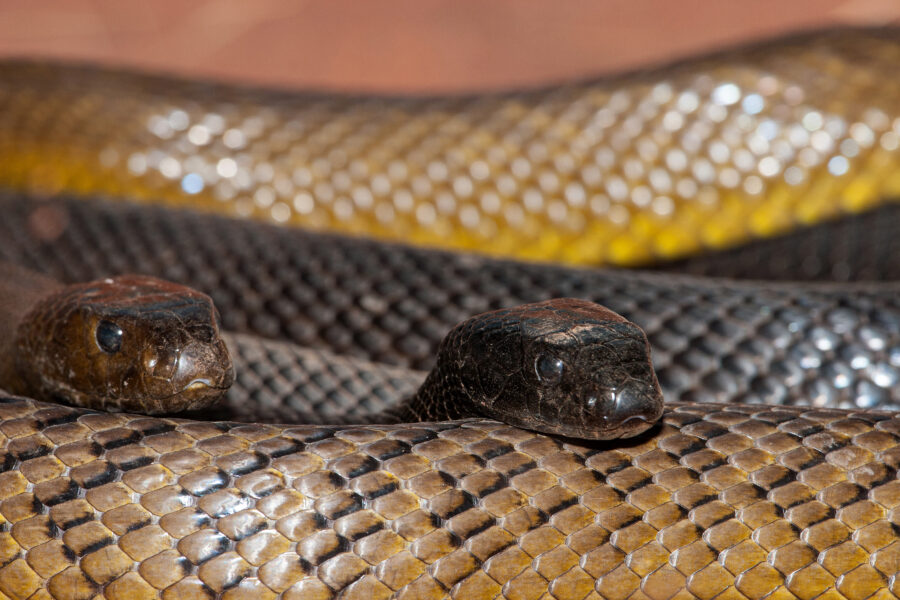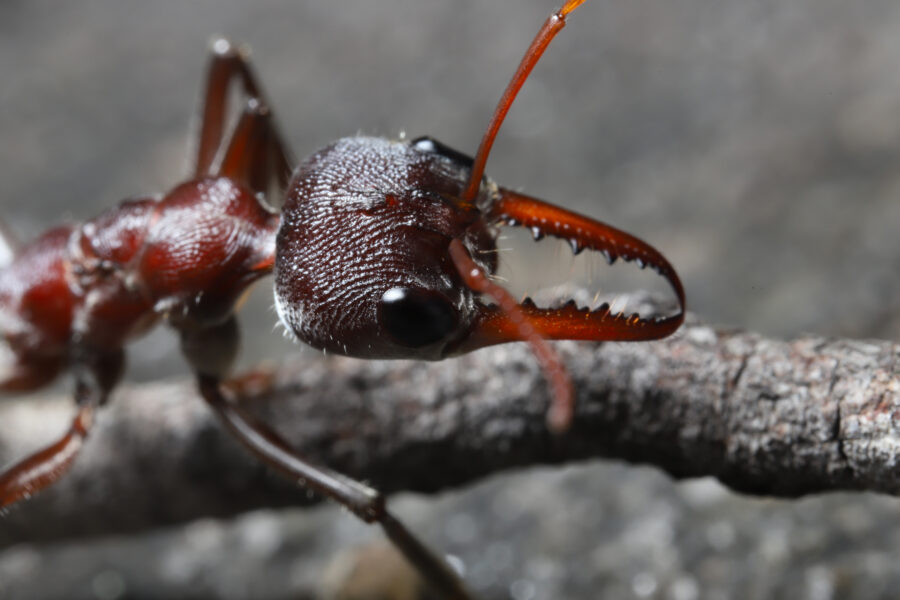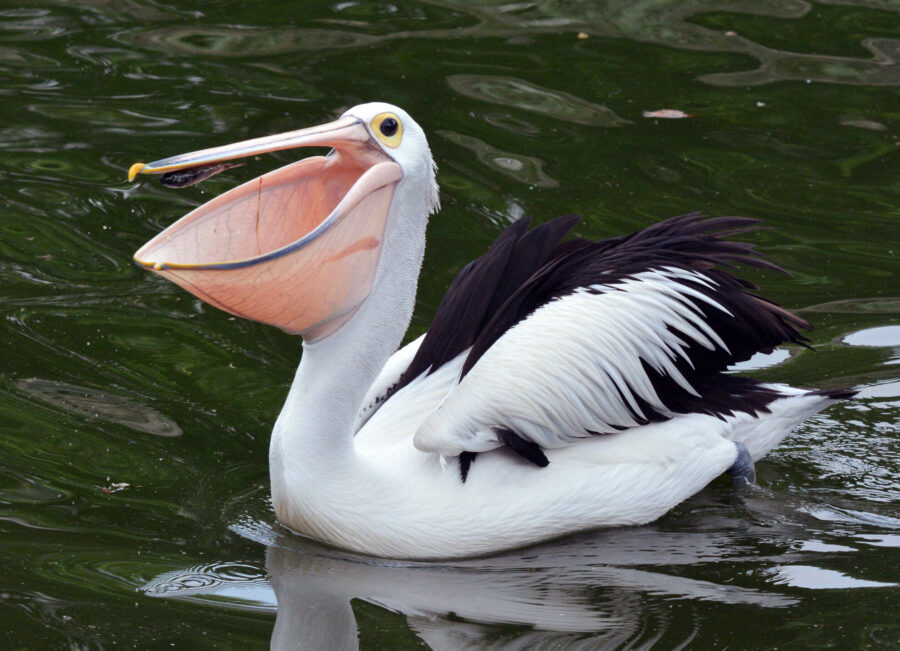The mystery of Ausubel’s mighty claw lobster

Bec Crew
Bec Crew

NOW HERE’S A creature that’s well and truly living up to its name. Discovered in 2010, Ausubel’s mighty claws lobster was given the scientific name Dinochelus ausubeli. The genus name comes from the Greek word dinos, meaning ‘terrible, and chela, meaning ‘claw’. The species name ‘ausbeli’ refers to environmental scientist Jesse H. Ausubel, who co-founded the Census of Marine Life.
The Census of Marine Life was a colossal 10-year project. It brought together 2700 scientists from 80 countries on 540 expeditions in an effort to gain a better understanding of the vast array of life in the world’s oceans. Concluding in 2010, it resulted in the discovery of more than 6000 new species, one of the most peculiar of which is our lovely pink-and-purple friend here.
Blind lobster with the big claw
It was found more than 250m below the surface near Luzon, the largest island in the Philippines. This brightly coloured deep-sea crustacean might look slightly terrifying, but its body (not including the claws) is only 31mm long.
It’s also completely blind. But this lobster sure knows how to wield a super-long and densely toothed appendage, so that’s something!
“No one has ever seen a lobster with such divergent claws,” Ron O’Dor, a senior scientist for the Census of Marine Life, told Claire O’Neill at NPR. “Normally lobsters that we eat have one big claw and one little one.”
Australian lobsters with toothy claw
Ausubel’s mighty claws lobster might have the most divergent claws of any lobster, but this feature isn’t entirely unique. In fact, two of its closest relatives live in Australian waters, and they too have a single, elongated, toothy claw.
Discovered in 1988 and named the Australian pincer lobster (Thaumastochelopsis wardi), this species is found exclusively in the Coral Sea, near Townsville in Queensland. So is Thaumastochelopsis brucei, a similar species discovered in 2007.
Because all three of these species are incredibly rare – only four specimens of the Australian species have ever been found – no one’s quite sure what the claws are used for.
Perhaps they’re for battling love rivals, just as the ragose squat lobster of the northeast Atlantic and Mediterranean use their enormous claws to puncture holes in other males.
Maybe they have something to do with regulating body temperature, as they do in the famously big-clawed fiddler crab, or maybe they’re used as a defence mechanism. Whatever the function of these terrible claws is, at least they look amazing.




